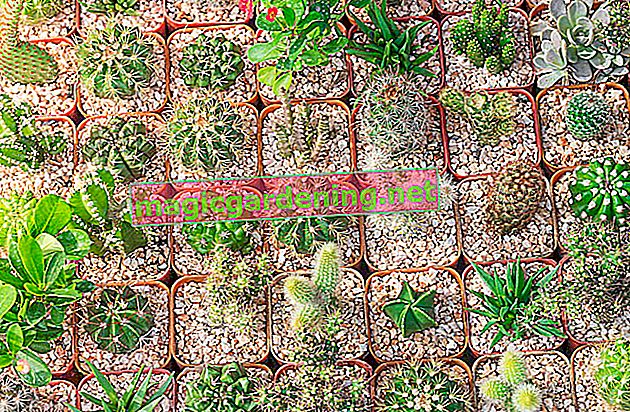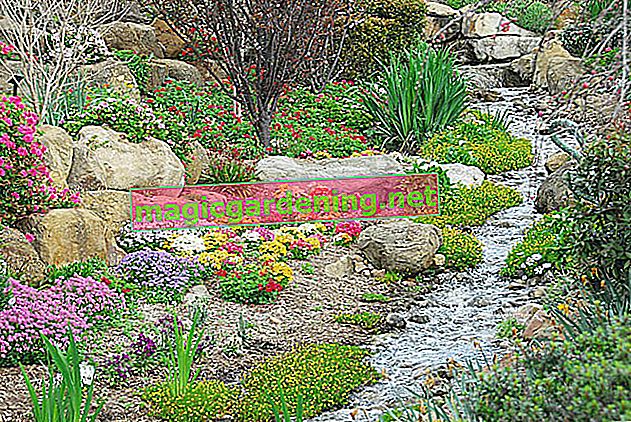
There are many different types of calathea
The Calathea belongs to the arrowroot family, of which there are many different species. Not all types of the non-toxic plant can be cared for in our latitudes.
also read
- Rhipsalis come in many different types
- Not all Calathea species develop beautiful flowers
- The flower of the Calathea rufibarba
Since the care of the basket marante is not unproblematic and requires some specialist knowledge, the calathea often does not bloom. Some species like Calathea lancifolia do not bloom at all. They are mainly grown for their beautiful leaf colors.
The leaf color palette ranges from light green and dark green to reddish to brown shades.
The Calathea is at home in the South American rainforest
The Calathea is native to the South American rainforest in the Amazon region. There it is not exposed to frost or direct sunlight. If your requirements in terms of care and location are right, the Korbmarante will thrive. It can then live to be many years old.
Care should be taken to ensure that the Calathea is neither too dry nor too wet. The basket margin reacts to incorrect watering and excessive fertilizer application with discolored or curling leaves.
A flower window that faces north, east or west is suitable as a location for the calathea. South windows are usually too sunny. Here you should shade the Calathea at least around noon. You can also keep the plant in a fairly dark place in the room. It is essential to avoid drafts at the location.
Well-known Calathea species for indoor culture
- Calathea lancifolia - no flowers
- Calathea crocata - orange flowers
- Calathea rufibarba - small yellow flowers
- Calathea warscewiczii - white flowers
- Calathea zebrina - white, tubular flowers
The flower color and flowering time depends on the species. Most basket marants bloom in spring, but there are also species that bloom in summer.
Tips
The humidity plays an important role in the Calathea. It should never be lower than 70 degrees. If necessary, you can increase it by setting up bowls of water and spraying the leaves with low-lime rainwater.








